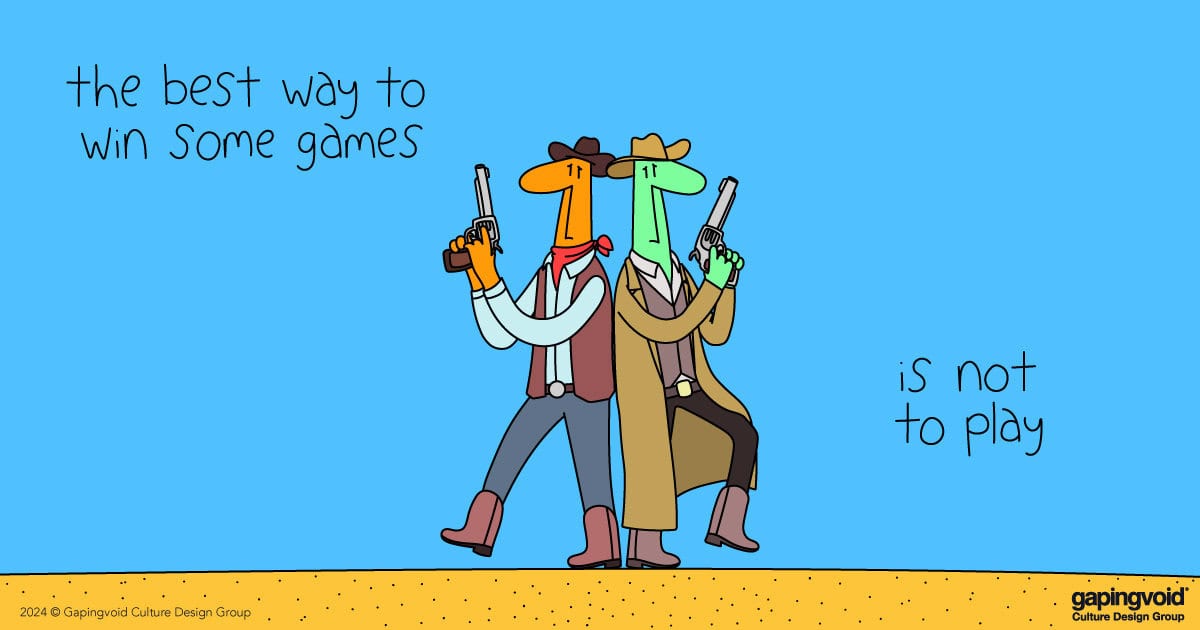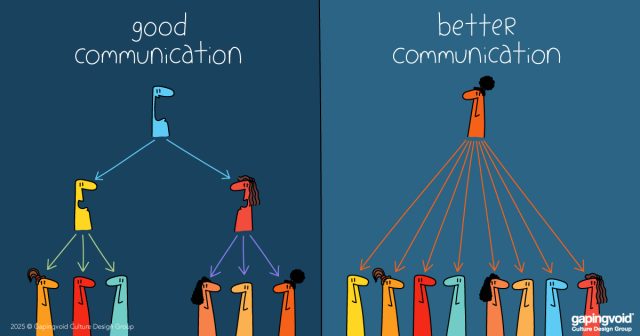
As the old saying goes, “no response is still a response.”
And it’s precisely the response Apple CEO, Tim Cook, recently gave to Elon Musk.
Cook made a tweet announcing Apple Intelligence – Apple’s new suite of AI tools: “It’s personal, powerful, and private – and it’s integrated into the apps you rely on every day. Introducing Apple Intelligence – our next chapter in AI.”
Elon Musk proceeded to send a barrage of displeased tweets at Cook and Apple.
“Don’t want it,” Musk wrote. “Either stop this creepy spyware or all Apple devices will be banned from the premises of my companies.” And, in another tweet: “If Apple integrates OpenAI at the OS level, then Apple devices will be banned at my companies. That is an unacceptable security violation.”
All-too-often, these types of tweets draw out a sharply-worded rebuttal from their target. And then the back-and-forth ensues – generating bruised egos and headlines with every counter tweet and caustic comment.
But this time, Cook said… nothing. And it was the most powerful thing he could have said. It was also a strategic – and effective – leadership move.
Cook is playing an infinite game, one that is not to be won in a text barrage but one where you live to play, not to win. It’s a different game, with different rules.
As Robert Cialdini argues in Influence: The Psychology of Persuasion, we are wired to follow the cues of those around us. (e.g. we are social copying machines). And as James Clear argues in Atomic Habits, humans are particularly wired to follow the cues of three groups: the close, the many, and the powerful.
Consider the perspective of Apple AI engineers figuring out how to navigate the criticism they might receive for their new product. Now, they have a clear model to follow: their CEO (e.g. someone relatively close and powerful), happily ignoring the tweets from Elon.
Everything a leader does sends a signal to their organization and shapes its culture.
People often think that being a leader is about being a boss.
It isn’t. Leaders have managers to do that. It’s about setting an example about what to do.
And often, about what not to do.



